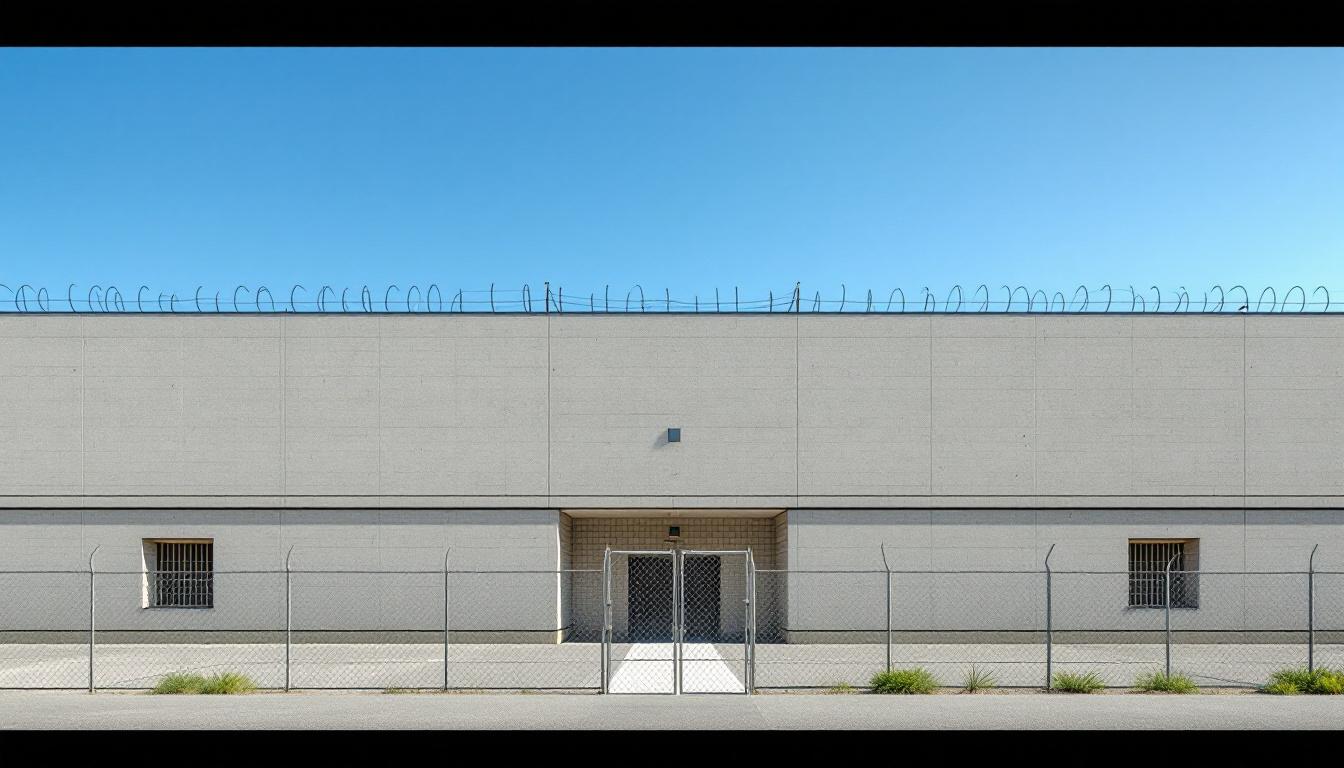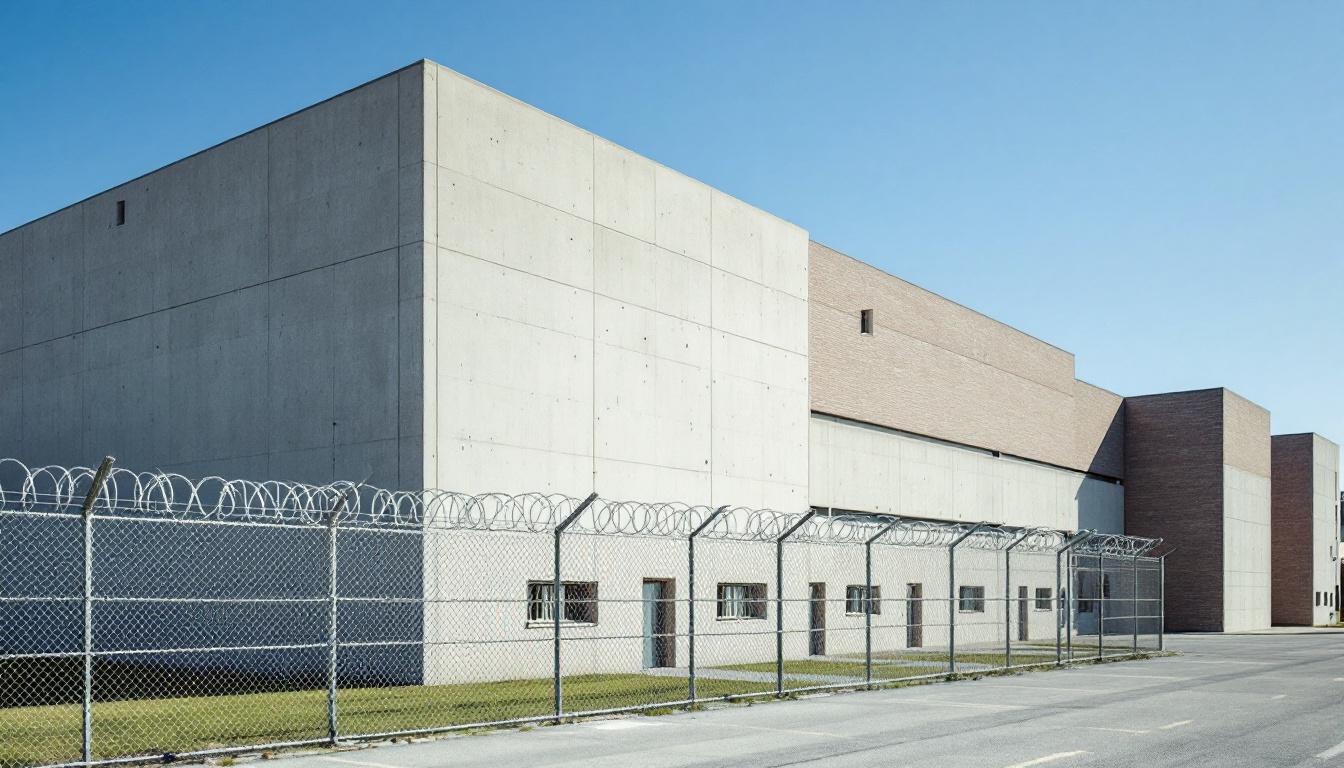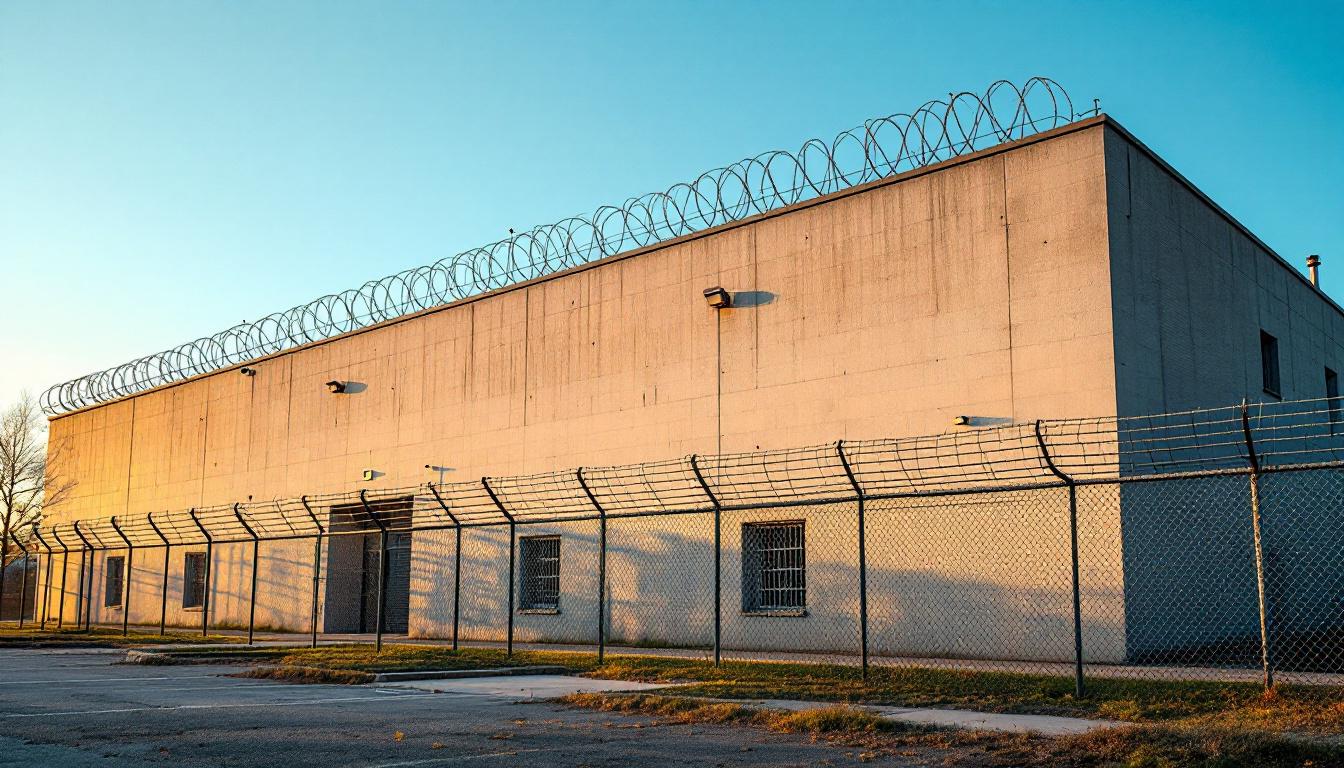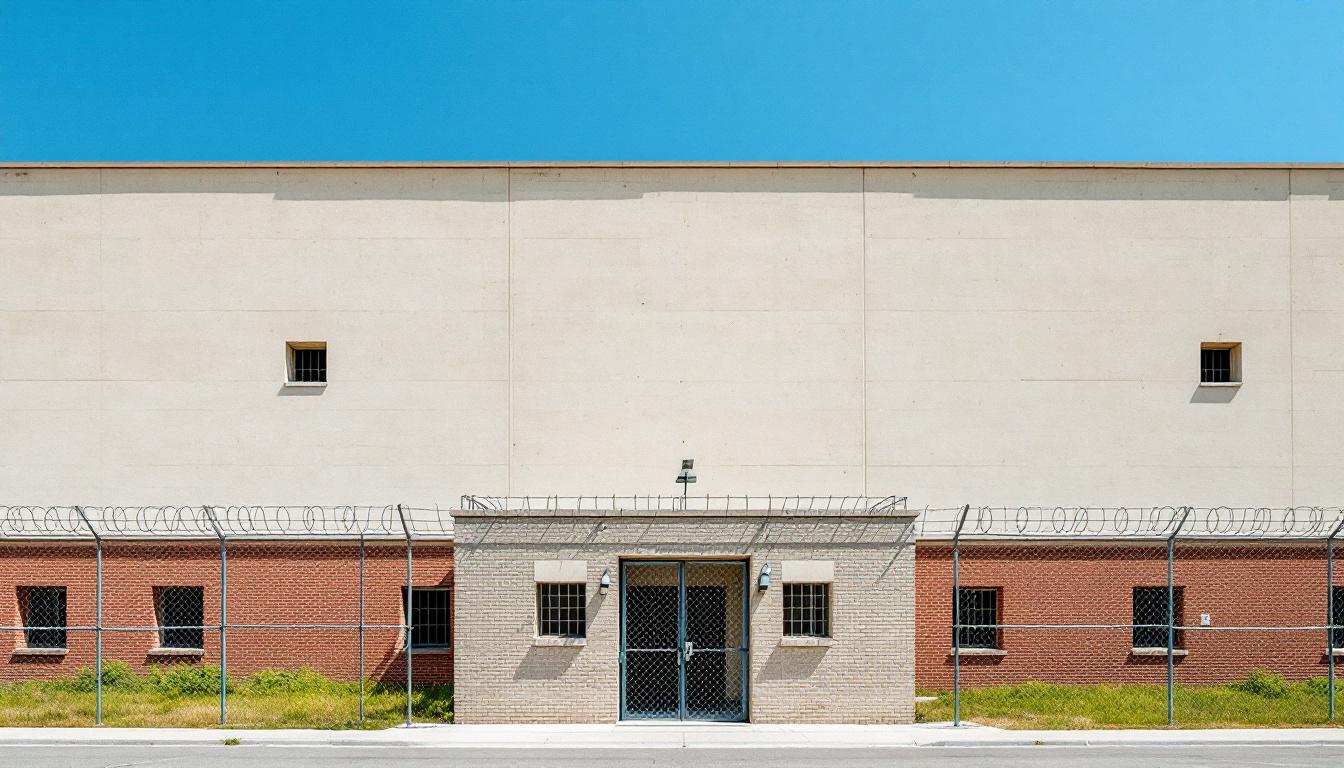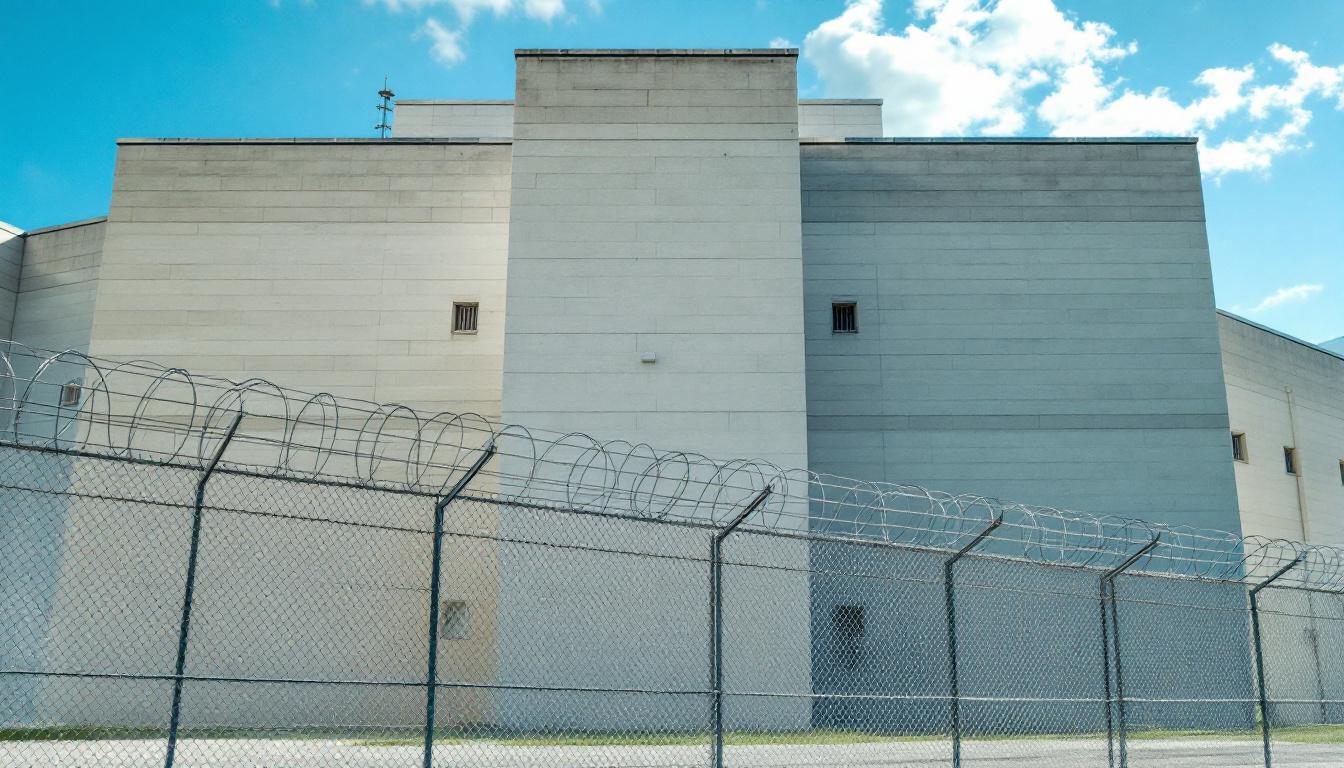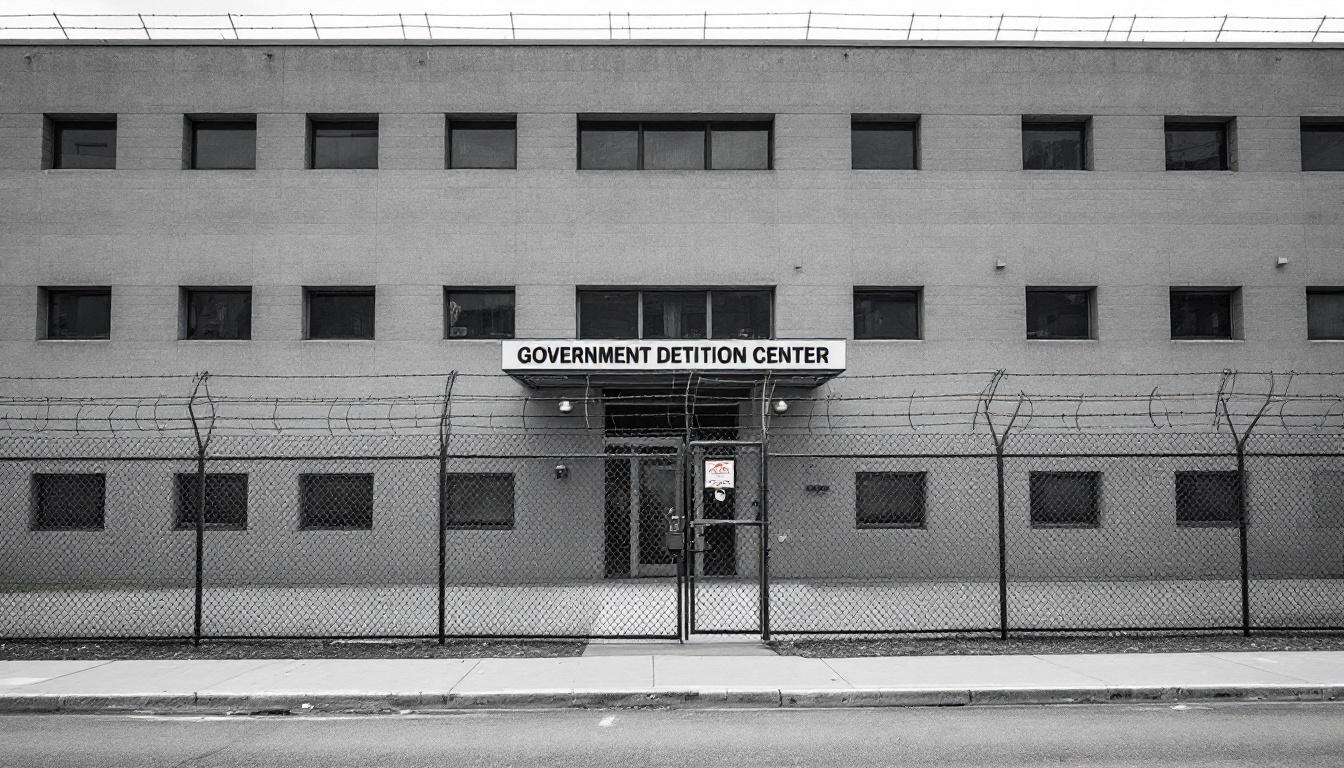
Quick Navigation
How to contact an inmate at Juvenile Detention Center
This comprehensive guide will walk you through how to connect with an inmate at Juvenile Detention Center. Follow the steps below to find an inmate and send letters and photos:
- Search for the inmate using our search tool below
- Create your account or log in to Penmate
- Write your message (up to 6,000 characters)
- Send instantly - inmates receive printed copies daily
Find an Inmate
Search for an inmate to start communicating today
Tip: You can search by first name, last name, or inmate ID number
To contact a person at Juvenile Detention Center start by searching for the person on the official facility website. Perform a search by following these steps:
- Step 1: Enter their first name and last name into the search form and click "Search"
- Step 2: Locate their inmate record
- Step 3: Write down their Inmate ID and any housing information provided
Important! Be sure to enter the person's full name. Nicknames should not be used.
How to Send Messages to Inmates

You can use your phone or computer to send emails, letters, and photos to an inmate. Messages are sent electronically to inmate tablets or kiosks at the facility. If you would like to send a message, start by searching for an inmate at Juvenile Detention Center.
Sending Photos and Postcards

A great way to send love and support to a loved one at Juvenile Detention Center is to send photos and postcards. It only takes a few minutes to send photos from your phone and it makes a huge difference. You can also mail postcards with words of support and inspiration, or design your own postcard for special moments like birthdays and holidays.
Important! Be sure not to send any explicit photos or they may not be approved by the facility. You can also use a photo printing app like Penmate to make sure your photos are printed at the correct size (4x6 or 3x5) and are mailed according to the rules and regulations of Juvenile Detention Center.
Frequently asked questions about Juvenile Detention Center
-
How long does it take to deliver a message?
If you're sending an email message your letter is usually delivered within 24-48 hours. For messages sent via mail you should expect delivery within 3-7 days. All messages will need be approved by Juvenile Detention Center.
-
How much does it cost to send a message to Juvenile Detention Center?
You can send a message free using your phone or mail a message via USPS for the price of a $0.60 stamp and envelope. You can also purchase credits or e-stamps from services starting at $1.99.
-
What services can I use to contact an inmate at Juvenile Detention Center?
Penmate
You can use Penmate to send letters and photos to an inmate from your phone. It's an easy way to stay in touch during your loved one's incarceration. Use the inmate locator to find an inmate's location and contact information, then you can send messages within a few minutes.
Securus messaging
Securus may be another option for communicating with an inmate at Juvenile Detention Center. You can create a friends and family account and purchase credits to send messages. All messages will be reviewed and must be approved by the facility.
JPay
Some county jails and state prisons may support sending messages with JPay. You must register an account with the system, find your loved one, and purchase stamps to send messages. For some locations you can also attach photos.
Smart Jail Mail
You may also check if Smart Jail Mail is available at Juvenile Detention Center. Smart Jail Mail is operated by Smart Communications and has contracted with some state and county jails. After purchasing credits, your messages and photos are sent to the facility, printed out, and then handed out to your loved one.
-
What is the mailing address of Juvenile Detention Center?
Mailing address:
Juvenile Detention Center
651 N Pecos Rd
Las Vegas, NV 89101
Phone: (702) 455-5436Business hours:
- Monday: Open 24 hours
- Tuesday: Open 24 hours
- Wednesday: Open 24 hours
- Thursday: Open 24 hours
- Friday: Open 24 hours
- Saturday: Open 24 hours
- Sunday: Open 24 hours
-
What are the visiting hours at Juvenile Detention Center?
Visiting hours at Juvenile Detention Center vary by housing unit and security level. Generally, visits are scheduled on weekends and holidays, with some facilities offering weekday visits. Contact the facility directly at (702) 455-5436 or check their website for the current visiting schedule. Visits typically last 30-60 minutes and must be scheduled in advance.
-
What items are prohibited when sending mail to Juvenile Detention Center?
Prohibited items typically include: cash, personal checks, stamps, stickers, glitter, glue, tape, staples, paperclips, polaroid photos, musical or blank greeting cards, hardcover books, magazines with staples, and any items containing metal or electronics. Only send letters on plain white paper with blue or black ink. Photos must be printed on regular photo paper (no Polaroids). Always check with Juvenile Detention Center for their specific mail policies.
-
How do I send money to an inmate at Juvenile Detention Center?
You can send money to an inmate at Juvenile Detention Center through several methods: 1) Online using JPay, Access Corrections, or the facility's approved vendor, 2) Money orders mailed directly to the facility with the inmate's name and ID number, 3) Kiosks located in the facility lobby, or 4) Over the phone using a credit or debit card. Fees vary by method, typically ranging from $2.95 to $11.95 per transaction.
-
Can I schedule a video visit with an inmate at Juvenile Detention Center?
Many facilities now offer video visitation as an alternative to in-person visits. At Juvenile Detention Center, video visits may be available through services like Penmate, Securus Video Connect, GTL, or ICSolutions. Video visits typically cost $10-20 for 20-30 minutes and must be scheduled in advance. You'll need a computer or smartphone with a camera and reliable internet connection. Contact the facility for their specific video visitation policies and approved vendors.
-
What identification do I need to visit an inmate at Juvenile Detention Center?
All visitors must present valid government-issued photo identification such as a driver's license, state ID, passport, or military ID. Minors must be accompanied by a parent or legal guardian who can provide the minor's birth certificate. Some facilities require visitors to be on the inmate's approved visitation list, which may require a background check. Contact Juvenile Detention Center for specific ID requirements and visitor approval procedures.
-
How can I find out an inmate's release date?
To find an inmate's release date at Juvenile Detention Center, you can: 1) Use the online inmate search tool if available, 2) Call the facility's records department, 3) Contact the inmate's case manager or counselor, or 4) Have the inmate provide this information during a call or visit. For privacy reasons, some facilities only release this information to immediate family members.
Facility Overview
Contact Information
Juvenile Detention Center651 N Pecos Rd
Las Vegas, NV 89101
Phone: (702) 455-5436
Official Website
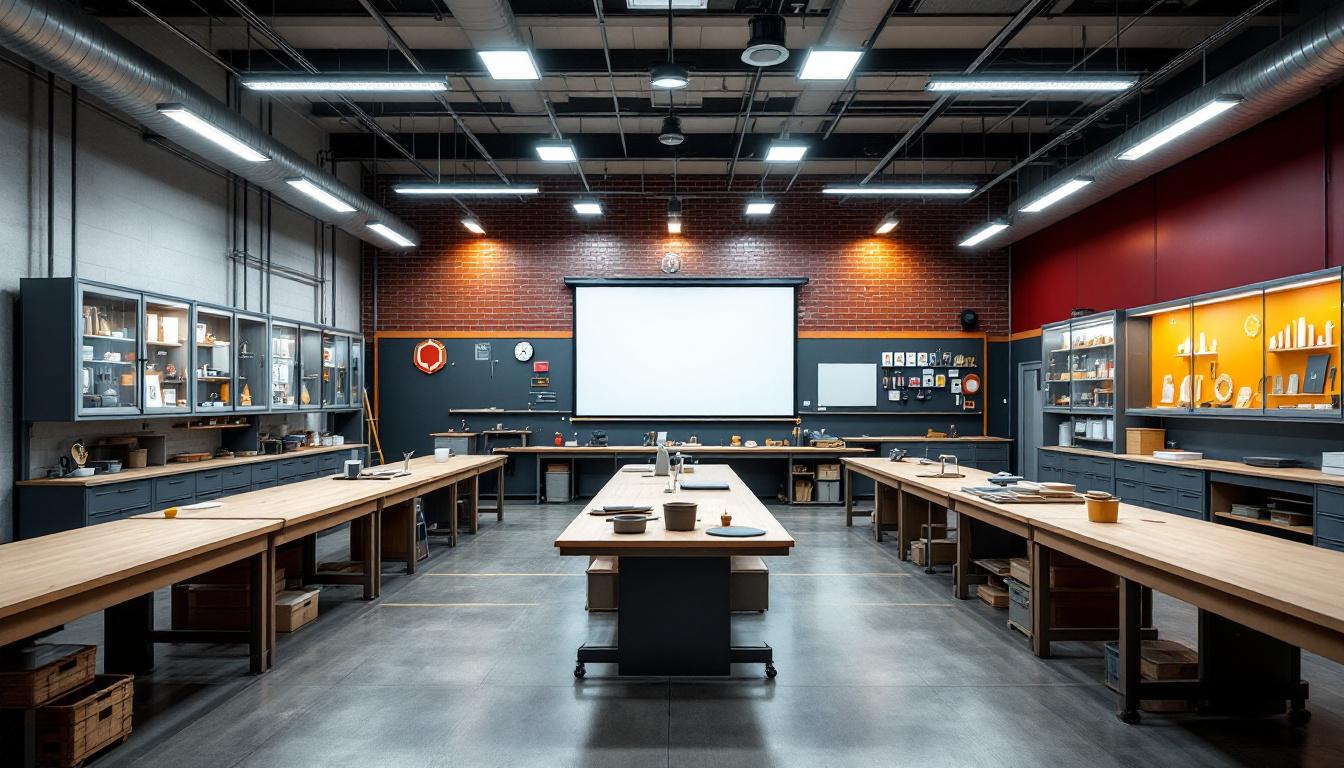
About Juvenile Detention Center
Youth detention facilities across Idaho’s mountain region serve as critical intervention points where young people facing legal challenges can access structured support and guidance, with District Vi Juvenile Detention Center, ID representing this essential function within St Anthony’s close-knit community. Rather than simply housing youth awaiting court proceedings, this ID correctional facility typically emphasizes creating pathways toward positive behavioral change and educational continuity during what often becomes a pivotal period in young lives.
The facility’s role within Idaho’s broader correctional system reflects the state’s commitment to addressing juvenile justice issues through community-based approaches that recognize the comprehensive developmental needs of adolescents. Located in St Anthony, the center generally provides the population services that include educational programming designed to prevent academic disruption, counseling support to address underlying issues contributing to legal involvement, and structured daily routines that help youth develop positive habits. The mountain region’s emphasis on community connection often influences how such facilities approach rehabilitation, typically incorporating elements that prepare young people for successful reintegration into their home communities.
Within Idaho’s correctional framework, youth detention facilities like this one may offer specialized programs addressing substance abuse awareness, anger management, and life skills development, while maintaining secure environments that prioritize both safety and therapeutic intervention. The facility’s position in St Anthony allows it to serve surrounding rural communities where families often face significant distances to access juvenile justice services, making its comprehensive approach to addressing both immediate detention needs and longer-term rehabilitation goals particularly valuable for the region’s youth and their families.
Programs & Services
Through comprehensive support systems designed to address the multifaceted needs of young individuals, therapeutic interventions and skill-building initiatives work in tandem to foster personal growth and successful community reintegration. The facility’s approach emphasizes individualized care delivery, recognizing that each young person arrives with distinct circumstances, challenges, and potential. Programs typically focus on developing both immediate coping strategies and long-term life skills, creating a foundation for positive behavioral change and academic achievement.
Educational programs serve as the cornerstone of rehabilitative efforts, with certified instructors providing coursework that aligns with state academic standards while accommodating diverse learning needs and backgrounds. The population may participate in individualized education plans that address academic gaps and prepare students for successful transitions back to their home schools or alternative educational settings. In addition to this academic foundation, vocational training opportunities often include hands-on experiences in various trades and technical skills, allowing participants to explore career pathways while developing marketable competencies that may enhance their future employment prospects.
Support services encompass both therapeutic interventions and practical preparation for community reentry, with individual counseling sessions addressing underlying issues that may have contributed to involvement in the justice system. Mental health professionals typically work closely with participants to develop healthy coping mechanisms, improve decision-making skills, and strengthen family relationships through structured therapeutic processes. Work programs within the facility often provide opportunities for the population to develop responsibility, work ethic, and basic employment skills, while reentry preparation services may supply assistance with educational planning, job placement resources, and community connections that support successful transitions upon release.
Daily Life & Visitation
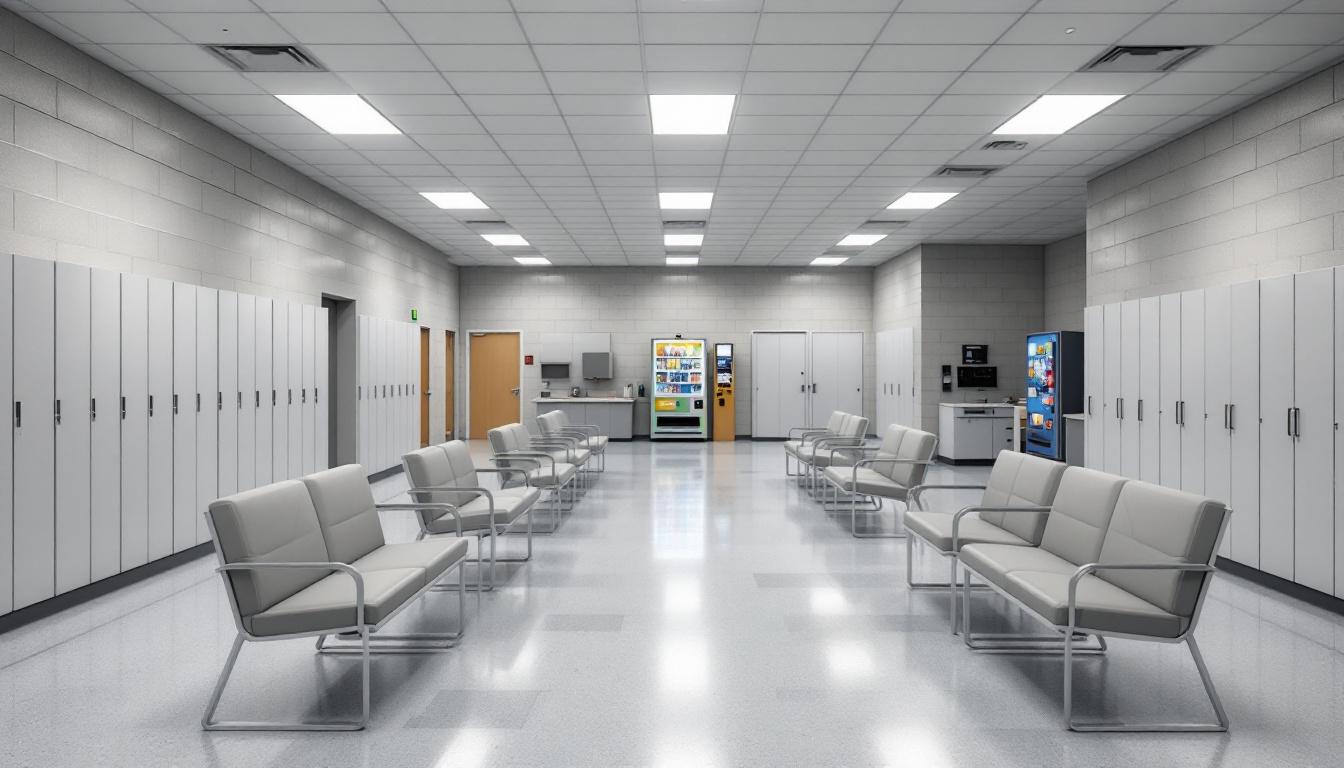
Structured supervision and carefully planned daily schedules actively shape every aspect of life for the population within the facility’s secure environment. At present, youth typically follow a regimented routine that begins with morning wake-up calls and room inspections, followed by personal hygiene time and preparation for the day ahead. The organizational framework generally includes scheduled meal times, educational programming, recreational periods, and structured downtime, with staff members actively monitoring and guiding residents through each transition to maintain order and provide consistent support throughout their stay.
In addition to this structured schedule, the population typically resides in housing units designed to accommodate multiple youth while maintaining appropriate supervision levels. Living accommodations generally include shared dormitory-style rooms or individual cells, depending on the facility’s classification system and individual needs assessments. Meals are usually served in a common dining area at designated times, with the population following established protocols for movement between their housing units and dining facilities. Personal property is typically limited to essential items and approved personal belongings, while commissary services may supply additional approved items when available.
Despite this highly structured environment, the facility generally provides various programs and activities that supply meaningful engagement for the population. Educational programming typically includes age-appropriate academic instruction, vocational training opportunities, and life skills development sessions designed to support rehabilitation goals. Recreation and exercise periods usually offer supervised physical activities, while visitation policies generally allow family members to maintain contact through scheduled visits and approved communication methods such as phone calls or correspondence. These organizational elements work together to create a framework that balances security requirements with developmental needs appropriate for the juvenile population.
Ready to Connect?
Start communicating with your loved one today
Search for an Inmate

